Not all canines are lucky to be gifted with sight. Some develop sight issues due to age or illness, while others are born with limited vision.
Through your efforts, you can help them adapt to sight loss, ensuring they enjoy their life to the fullest!
International Blind Dog Day is celebrated to raise awareness about their plight. You can advocate the cause by adopting, raising awareness, supporting animal shelters, organizing fundraisers, sharing positive stories, providing enrichment activities, and championing the rights for accessibility.
Let’s learn about making our visually impaired furry friend’s life easier.
About International Blind Dog Day
International Blind Dog Day is a remarkable occasion that shines a light on the unique challenges faced by blind dogs. It celebrates their resilience, adaptability, and bond with human companions.
Observed on 23rd August each year, it allows dog lovers worldwide to unite. The primary mission of this day is to inspire people to adopt, care for, and celebrate the lives of visually impaired pets.
It was first started in 2017 by Sarah Horne to highlight the overlooked struggles of blind dogs.
With time, this day is becoming a platform to voice about responsible pet ownership and the importance of providing a fulfilling life for specially-abled dogs.
Top 7 Ways to Celebrate International Blind Dog Day
Here are the heartwarming ways to embrace the super abilities of sight-impaired dogs.
1. Adopt a Blind Dog
More than 5,000 visually impaired dogs in the US await love and a forever home.
One of the most meaningful ways to show love on this day is to open your heart and home to a blind dog in need.
By adopting or fostering blind dogs, you provide them with a chance to experience a life filled with care, love, and companionship.
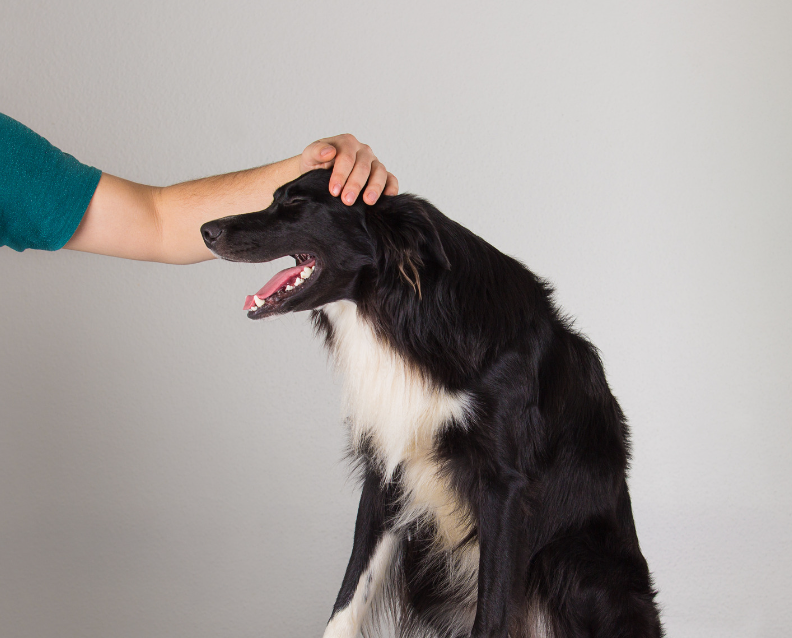
Things to Consider While Adopting a Blind Dog
- Remove hazards, including at-home sharp objects, chemicals, and poisonous plants.
- Create a safe space for your specially-abled pup to rest and relax comfortably.
- Noise-proof their living space and put baby gates on the stairs.
- Set the same schedule for walks, play, and potty breaks.
- Use clear voice commands and touch cues for guidance.
- Supervise when it tries to self-explore indoors.
- Groom gently, clean your ears, and trim nails occasionally.
- Ensure a consistent placement while feeding; consider raised bowls.
- Do regular vet check-ups to address specific health needs.
2. Raising Awareness
Some people might consider blind dogs as less adoptable. So, educating people on blind dogs’ abilities can show their potential as loving companions.
Moreover, learning and sharing about blind dog challenges is vital for kind and proper care. It helps us understand their needs, create suitable surroundings, and treat them well.
This knowledge spreads empathy and respect, ensuring their happiness and our responsibility.
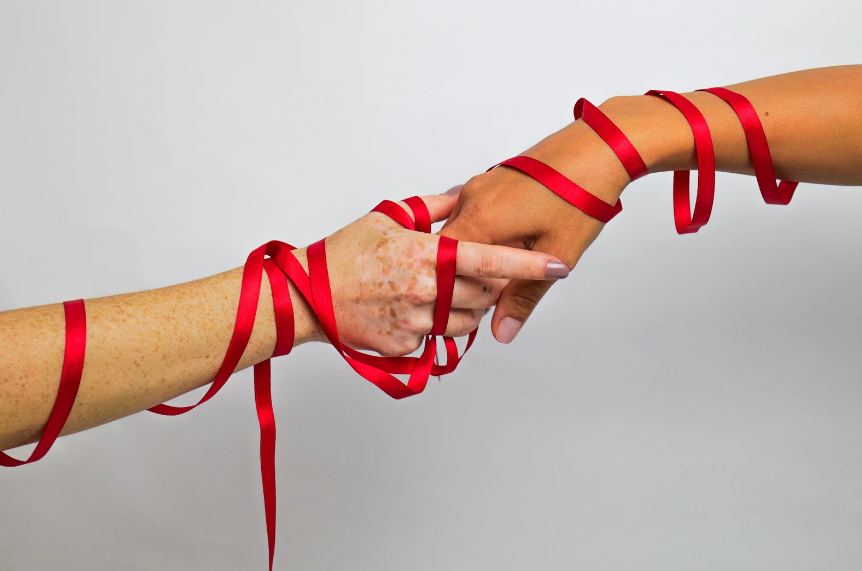
Common Challenges that Blind Dogs Face
- Blind dogs struggle to understand human intentions.
- They might be comfortable only with their parent and hesitant to interact with others.
- They can develop anxiety or aggression due to isolation.
- Blind dogs may struggle with playing and outdoor activities.
- They may be fearful during vet visits because of the new environment.
- Rehoming can be more complicated due to their dependency on humans.
- Blind dogs might appear aggressive if something frightens them.
3. Support Local Animal Shelters
Most of the disabled dogs reside in local animal shelters or rescue organizations.
You can donate pet supplies, funds, medical care, and training equipment for blind dogs in your local animal shelter.
Also, volunteering at animal shelters or rescue centers that care for blind dogs is a hands-on way to make a difference.

Tips for Assisting Local Animal Shelters
- Offer your time for cleaning, feeding, and socializing animals.
- Provide food, blankets, toys, and cleaning supplies.
- Temporarily care for animals to free up space in shelters.
- Help with animal transportation to vet appointments or new homes.
- Build shelters, play areas, or pet-friendly furniture.
- Set up regular monetary donations to sustain operations.
- Connect the shelter with potential adopters, volunteers, or donors.
Whether it is assisting with grooming, socializing, or providing training, your efforts can enhance the quality of life for these special dogs.
4. Organize Fundraisers
Hosting a fundraiser to support organizations will be another best way to vouch for the well-being of blind dogs.
You can organize a charity walk, a bake sale, an online auction, or a donation drive to raise funds that will benefit blind dogs in need.

Tips for Hosting a Fundraiser
- Choose a creative theme.
- Define the fundraising reason clearly to the audience.
- Choose a peaceful, pet-friendly venue far from street noises and disturbing sounds.
- Make the event engaging with fun activities like dog walking, pet shows, and auctions.
- Promote the event using social media, flyers, posters, etc.
- Collaborate with local animal organizations.
- Offer gifts to encourage participation.
5. Share Positive Stories
Social media platforms bring every person in this world together. Therefore, it will be the best platform to share heartwarming stories of blind dogs and their journeys.
While sharing about them, highlight the achievements and milestones they have reached.
It helps showcase the pup’s adaptability and strong bond with its human companions.
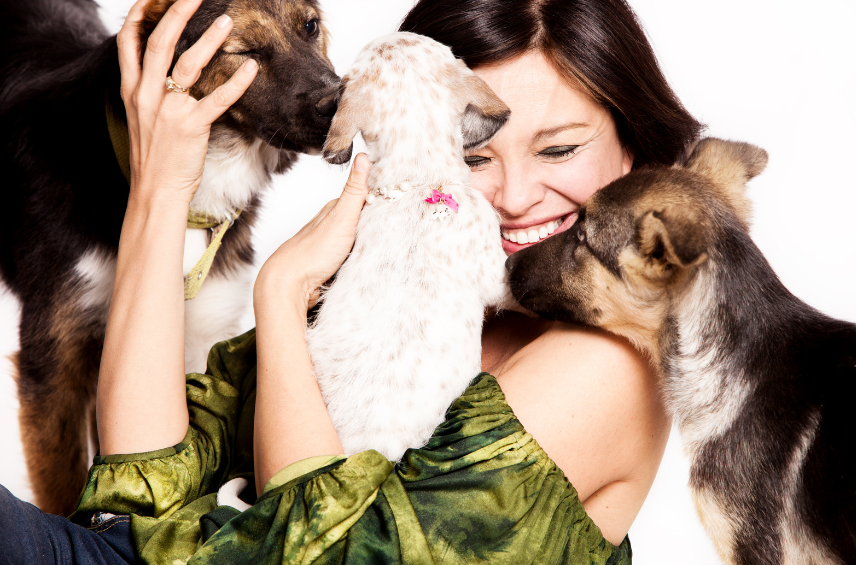
Tips to Share Stories on Social Media Platforms
- Use clear, heartwarming images of blind dogs to grab attention.
- Share brief videos showing their daily life and accomplishments.
- Highlight transformations and the progress they have made.
- Share facts about blind dog care and misconceptions.
- Feature posts from followers who have interacted with blind dogs.
- Show the shelter or foster environment they are living in.
- Use an interactive approach with polls, quizzes, or challenges related to blind dogs.
6. Provide Enrichment Activities
Creating an enriching environment helps to physically and mentally stimulate your blind dog.
You can engage them in sensory games, scent-based activities, and tactile experiences. It helps to activate their other senses and help them confidently navigate their surroundings.
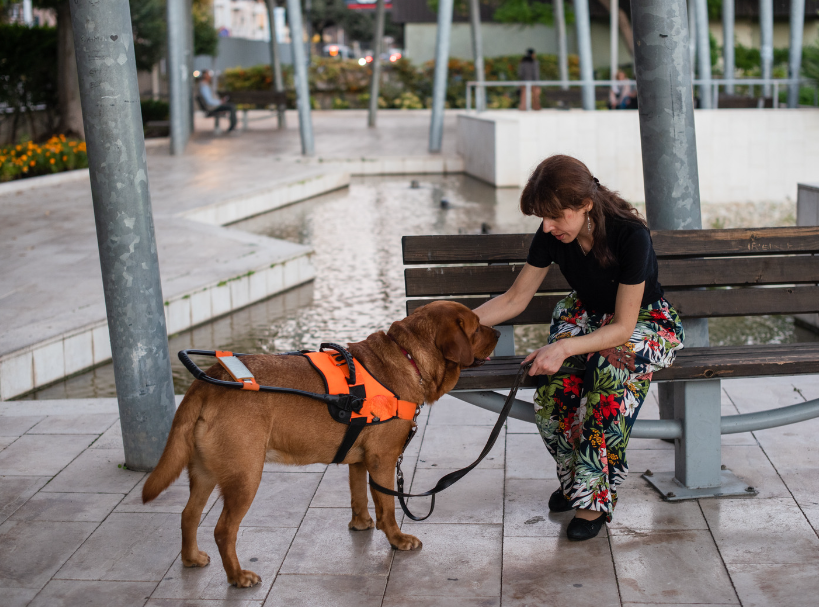
Tips for Providing Enrichment Activities to Your Blind Dog
- Mark areas with scents and distinct sounds.
- Always walk your dog on a leash while guiding it with verbal cues.
- Apply positive training techniques with special commands and mental stimulation.
- Introduce them to new experiences, people, and dogs gradually.
- Use noise-making toys with specific textures for stimulation.
- Introduce them slowly to new environments by taking them to familiar scents and sounds.
- Provide body awareness exercises, such as obstacle work, to improve coordination and build confidence.
Be understanding and celebrate their achievements, and use positive reinforcement always.
7. Advocate for Accessibility
Advocating for blind dogs is crucial to ensure their well-being and inclusivity.
By raising awareness about their needs, challenges, and capabilities, we foster understanding among people.
It promotes better care, adoption, and integration of blind dogs into society. Through advocacy, we empower both blind dogs and their caregivers.
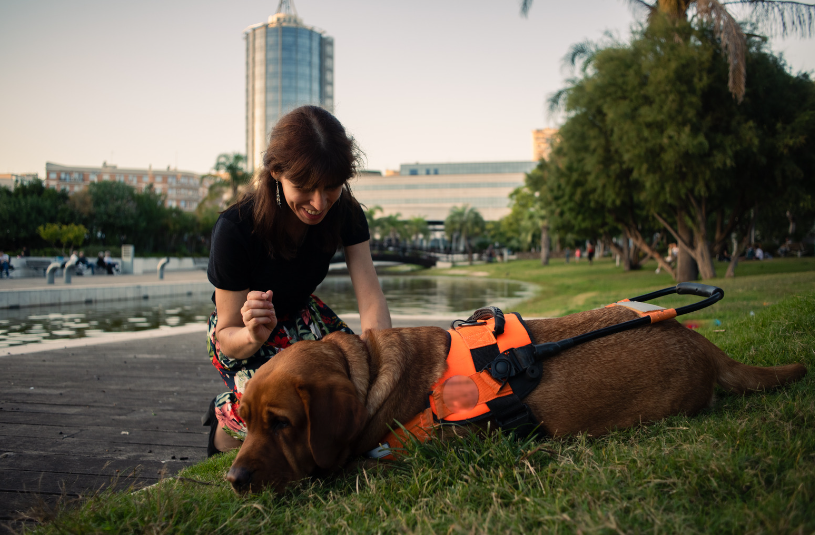
Things to Focus on While Advocating For Disabled Pets
- Advocate for blind-friendly public spaces and transportation.
- Promote the acceptance and adoption of blind dogs.
- Provide information on training, care, and support for blind dogs.
- Outline your goals, strategies, and desired outcomes.
- Clearly define what changes you want to see.
- Reach out to local government officials and city planners with your concerns.
- Provide concrete solutions for making public spaces and transportation more blind-friendly, such as tactile markers, audible signals, and guide dog-friendly policies.
- Consider writing Op-eds, articles, or blog posts about the importance of blind-friendly spaces.
- Partner with animal welfare organizations to amplify efforts.
However, do not be discouraged by setbacks because advocacy takes time.
Conclusion
Remember, even small efforts can make a big difference in the lives of blind animals and the organizations that care for them.
Whether adopting, raising awareness, fundraising, sharing stories, providing enrichment, or advocating, every action paints a brighter future for these special pups.
Feel free to contact Urban Pet Hospital, where our team of experienced behaviorists is always ready to provide guidance and support for your visually impaired pet.